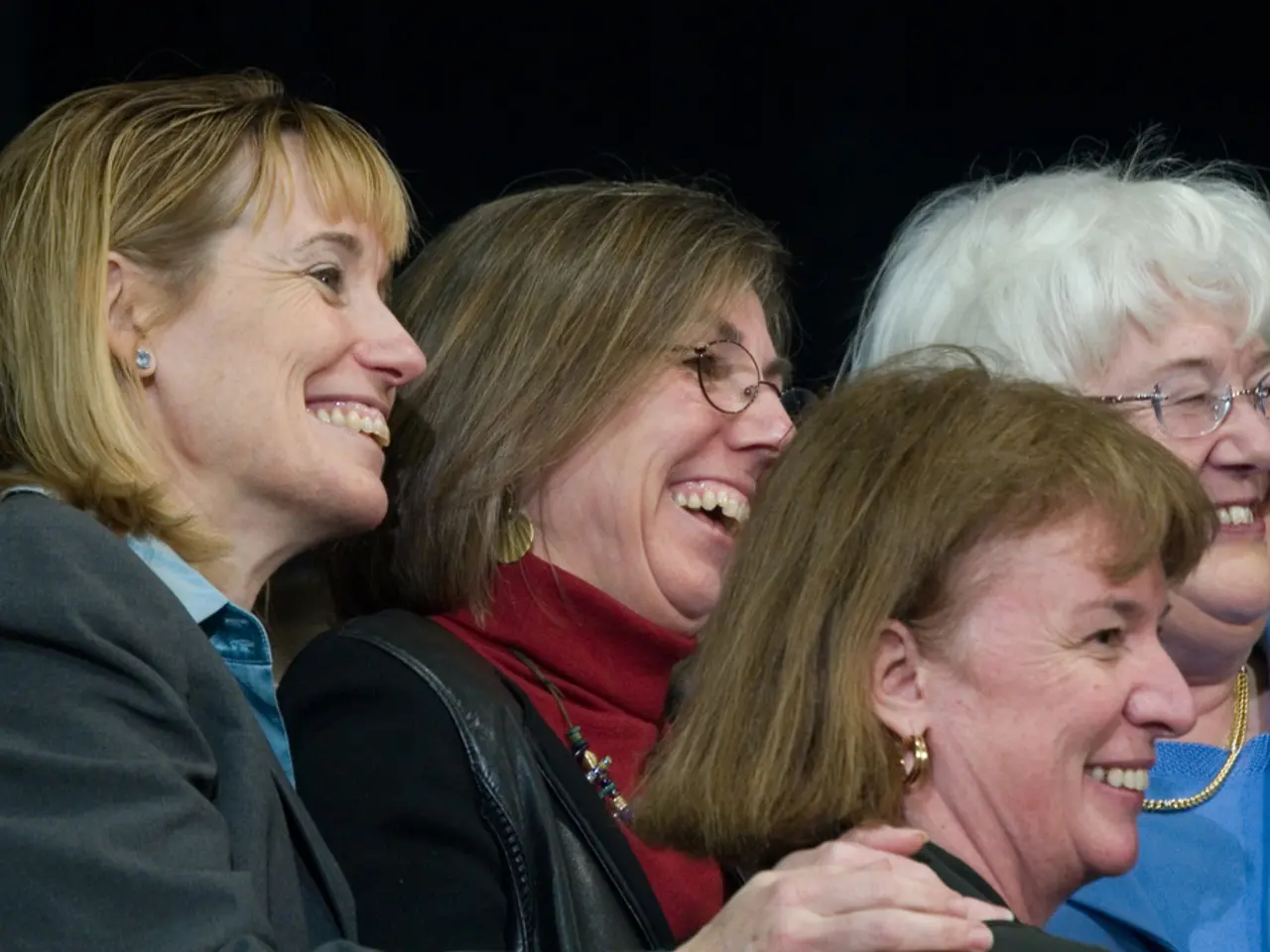Diversifying Workforce through Age: Profiting from the Merits of Older Workers in Business Environments
In today's rapidly changing business landscape, the importance of an age-diverse workforce is increasingly being recognised. Kendra Davenport, President and CEO of Easterseals, is one of the leaders advocating for this shift.
The U.S. workforce is set to see a significant demographic change in the coming years, with over a quarter of the workforce expected to be 55 or older [2]. This presents a pool of skilled and capable older adults ready to contribute to organisations [3]. However, less than 4% of U.S. companies have committed to hiring older workers [2].
This trend is a missed opportunity, as older workers, when supported, can strengthen organisations from the inside out. They bring deep institutional knowledge, strong interpersonal skills, and a level of reliability [3]. Studies show older workers are more likely to stay with a company longer, reducing turnover rates [4].
Moreover, companies with age-inclusive workplaces are up to five times more likely to innovate [1]. Older employees contribute strong work ethics, critical thinking, and diverse perspectives that boost innovation, collaboration, and employee engagement [5].
Companies like Boston Consulting Group have found that companies with above-average age and experiential ranges on their leadership teams report innovation revenue nearly 20% higher than their peers [1]. Older workers are motivated and have extensive experience to back up their skills [3]. They can often help lift productivity and morale across entire teams [3].
To create a workplace culture that welcomes older workers, companies should emphasise the value of wisdom and perspective rather than focusing on age [5]. They should foster an inclusive environment that encourages multigenerational collaboration and creativity [1]. Supporting flexible work programs such as micro-retirements can help older employees balance personal renewal with work, improving loyalty and reducing burnout [5].
Promoting knowledge transfer by enabling mentoring roles and succession planning is also crucial [1]. Training management and staff to confront ageism and value the contributions of all ages equally is essential [1][2][5].
By embracing an age-diverse workforce, companies have an opportunity to reshape their workforce and improve its resilience, community connection, and adaptability [3]. The strongest organisations are those that represent a diverse range of ages, experiences, and perspectives [3]. Older workers often bring a stability to their work that keeps teams grounded [3].
In conclusion, hiring older workers benefits businesses by bringing experience, stability, and diverse perspectives that boost innovation, collaboration, and employee engagement. Companies that prioritise an age-inclusive workplace culture are more likely to thrive in today's competitive business environment.
References: [1] Boston Consulting Group, "The Power of Age Diversity," 2018. [2] Forbes Nonprofit Council, "The Benefits of Hiring Older Workers," 2020. [3] AARP, "The Business Case for Hiring Older Workers," 2021. [4] Harvard Business Review, "The Advantages of an Age-Diverse Workforce," 2019. [5] Kendra Davenport, interview on ABC News, "The Importance of an Age-Inclusive Workplace," 2021.
Kendra Davenport, an advocate for an age-diverse workforce and the President and CEO of Easterseals, emphasizes the importance of support for older workers in businesses. Companies that hire and retain older workers can benefit from their deep institutional knowledge, strong interpersonal skills, and longer tenure, which can contribute to reducing turnover rates.




